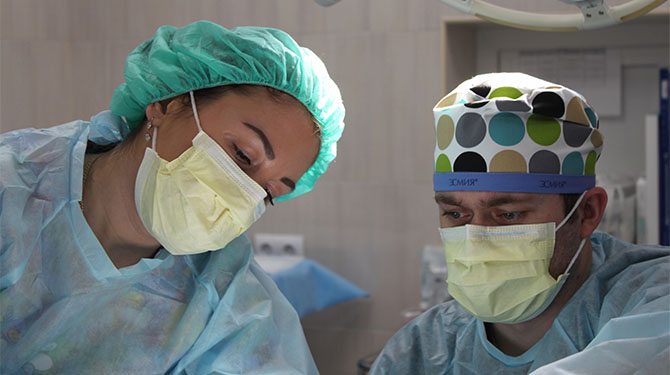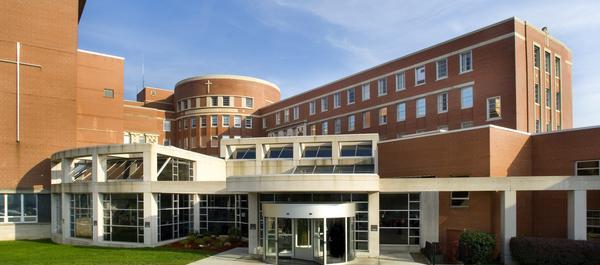
Angioplasty is a minimally invasive procedure that opens up a blocked artery or vein so blood can flow through it normally again. An interventional radiologist performs the procedure using an angiogram for guidance.
Through angioplasty, the interventional radiologist opens the blockage by inserting a balloon-tipped catheter into the affected blood vessel. The balloon is then inflated to open the blockage.
You may benefit from angioplasty if you:
- Have advanced atherosclerosis (buildup of plaque in your arteries) that isn't improving with lifestyle changes and medicines
- Have a high risk for heart attack, stroke or gangrene due to atherosclerosis
- Have persistent chest pain (angina)
- Have narrowing of a central vein, fistula or graft used for dialysis
- Had a heart attack and didn't undergo thrombolysis immediately afterwards
What to Expect: Angioplasty
Angioplasty can take a few hours to complete. The length of the procedure depends on the number of blocked blood vessels and location of the blood vessels.
You can expect the following on the day of your procedure:
- Before the procedure begins, a nurse will give you a sedative to relieve any anxiety you may feel.
- The nurse will use a local anesthetic to numb the area where the interventional radiologist will insert the catheter – usually in the groin or arm.
- The interventional radiologist will make a small incision and insert the catheter through the incision and into an artery.
- The catheter will then be guided to the area being examined.
- Once the catheter is in place, the interventional radiologist will inject a contrast agent to create clear X-ray images of the affected blood vessel – this is called an angiogram.
- The angiogram will be used to guide the balloon-tipped catheter across the blockage.
- The interventional radiologist inflates the balloon – sometimes more than once.
- In some cases, stent placement is performed at the same time.
- Once the artery or vein is open, the interventional radiologist will deflate the balloon, remove the catheter and close the incision.
Depending on your condition, you may go home the same day of the procedure or you may stay overnight in the hospital. Please arrange for someone to drive you to and from the procedure.
Upon your return home, you should avoid any strenuous activities for one or two days after the procedure. Be sure to follow all of your physician's orders for a proper recovery.
Your angioplasty care team may include specialists from these services:

